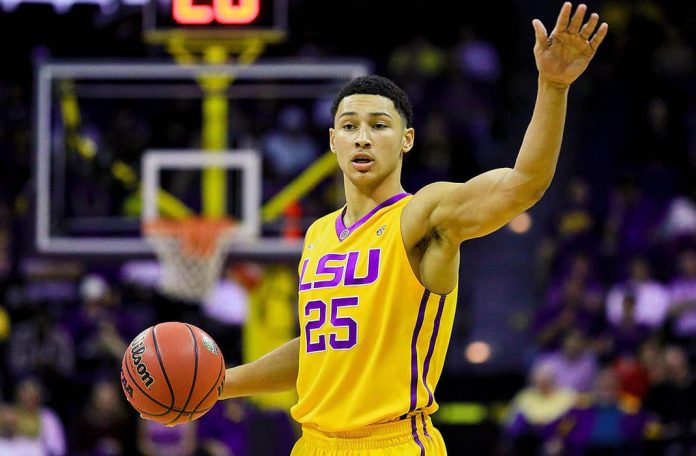Since 2005, one of basketball’s biggest debates has been centered around the age limit for the NBA Draft. The NBA instituted the One and Done rule to essentially ensure that players would spend at least one year in college to mature as a player and person before declaring for the draft. The move has been contentious, with high-level players like Markelle Fultz, Ben Simmons, and Michael Porter Jr. treating the year as a speed bump on the way to the league by choosing programs like Washington, LSU, and Missouri instead of blue-bloods like UNC, Duke, Villanova, UCLA, or Kentucky. I’m sure they made these decisions based on the academic prowess of these respective institutions rather than hypothetical off-court benefits.
The One and Done rule’s days appear to be numbered, with a rumored expiration date ranging from 2020 to 2022. I want to look at the debate from a different, detached point of view. Does the One and Done rule provide the NBA with better value when they draft? When the rule ended in 2005, how much value did an NBA team drafting first gain from the extra year in college to see the players develop? I’m not here to debate the moral validity of the rule, just the intrinsic basketball value.
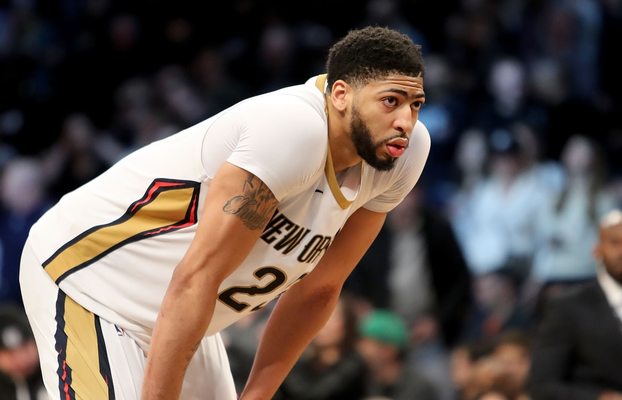
There have been 13 drafts in the One and Done Era, and there have been only four instances where the best high school player according to ESPN was then drafted first: Greg Oden (2007), Anthony Davis (2012), Andrew Wiggins (2014) and Ben Simmons (2016). Since 2005, the average draft position of the top-ranked high school prospect has been sixth, and the first overall NBA selection’s average high school rank has been fourth. That’s not a huge discrepancy, but that’s enough to give me pause as an NBA franchise.
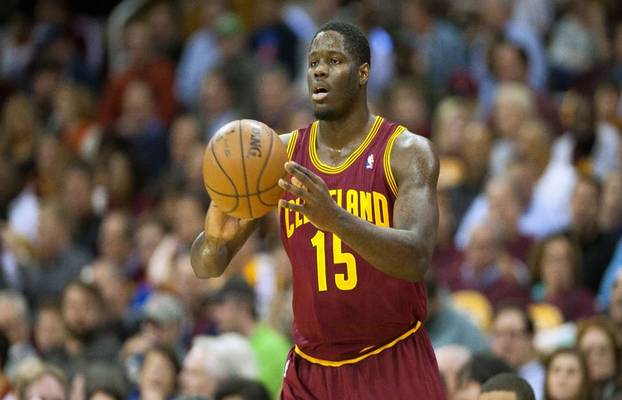
In the seven comparable NBA-HS No. 1 situations (excluding duplicates and the ’17 and ’18 drafts), the NBA top pick scored on average 4.1 more points than the HS top prospect, and the NBA top pick averaged fewer points in only one situation: 2013 Anthony Bennett (NBA) vs Nerlens Noel (HS). The 2013 choice between Bennett and Noel goes with the 2006 choice between Andrea Bargnani and Gerald Green as a “no true winner.” Not to say Green or Bargnani haven’t been good at various points in their careers, but neither is the level of talent expected of a No. 1 selection.
While there are still valuable players, the contrast between the eventual NBA and prospective HS selections are stark. The Cavs are sure glad they took Kyrie Irving over high school star Harrison Barnes. The Wizards are relieved they selected John Wall over Derrick Favors. Minnesota is thanking their lucky stars they went with Karl-Anthony Towns instead of Jahlil Okafor. The Clippers were overjoyed to select Blake Griffin over Brandon Jennings.
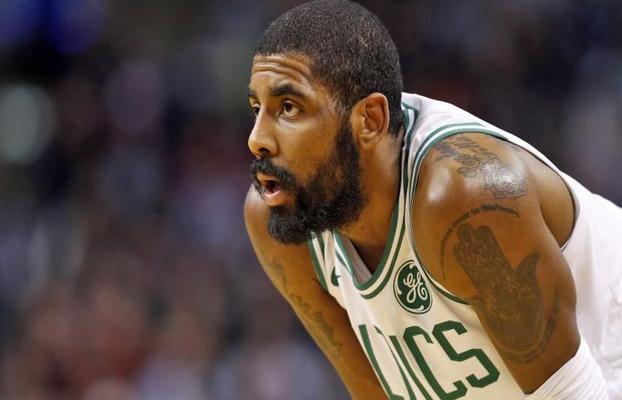
In those four instances, the NBA No. 1 went on to average 8.1 more points per game. NBA No. 1’s combined for 16 all-star appearances, seven All-NBA teams, and three Rookie of the Years. The HS No. 1’s combined for…none of those accolades. Barnes, Okafor, and Jennings all made First-Team All-Rookie, Favors made Second-Team, and no one averages 14 points yet on their career.
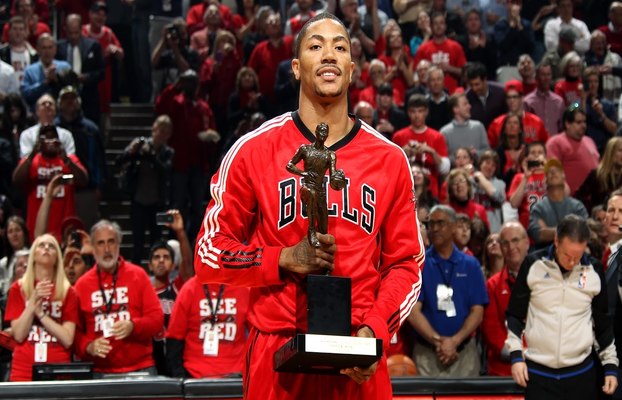
The seventh comparison of NBA No. 1 Derrick Rose vs HS No. 1 Kevin Love is a different situation. Rose’s numbers are dragged down by his ravaging injuries to the point he only averages .7 more points than Love right now. In my opinion, this is still a clear example of One and Done providing a better player, even though the career stats report a negligible difference, Rose won an MVP and was the best player on a 60+ win team.
Since 2005, there have been 13 One and Done drafts. Four times the HS player proved to be the No. 1 NBA pick. Five times the One and Done rule provided the team picking first with a markedly better player. Twice there was a draw between the HS and NBA No.1 with no long-term starter between them. Today, the jury remains out on the 2017 and 2018 draft comparisons.
I personally don’t care either way about the One and Done rule. If I were an NBA GM or owner, I’d want to keep the rule. It provides another year of evaluation that leads to better or equal talent at the No. 1 spot 70% of the time.

